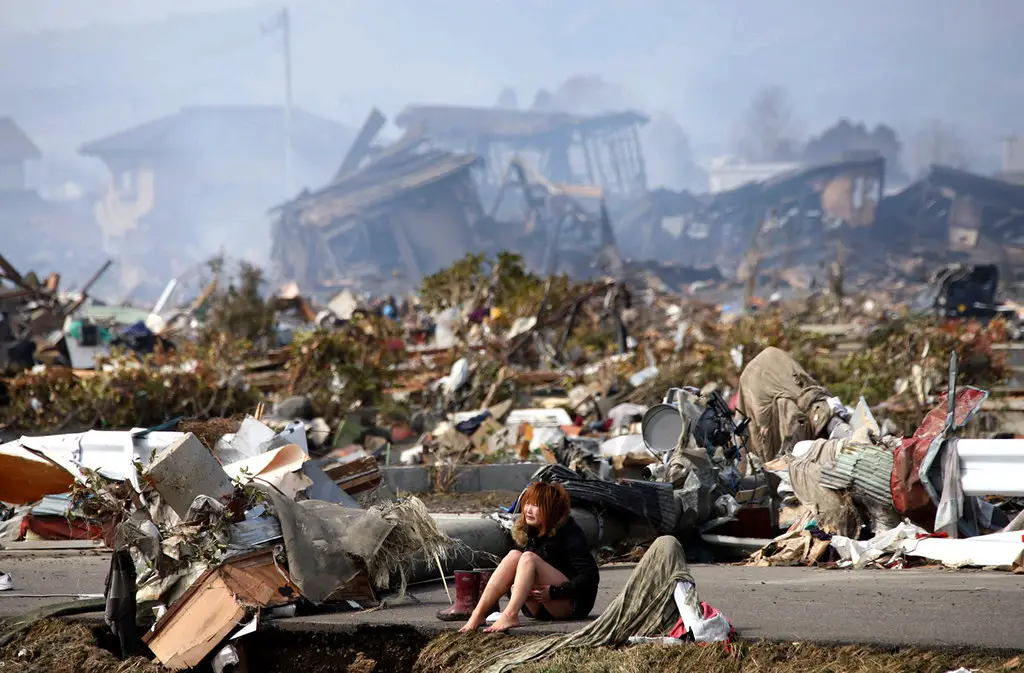
Why Japan Is Earthquake Prone and How It’s Dealt
Earthquakes and Japan are almost synonymous. The country experiences around 1,500 shocks a year, including one or more in magnitude 6.5 or higher. If you are planning for a visit, you should know why the country experiences so many earthquakes and how the government and people deal with this natural hazard.
Japan is so earthquake-prone because of its proximity to the intersection of various tectonic plates. In fact, quakes take place near Japan a few times a day, most of which are small shocks less than magnitude 3.9. Quakes with a higher magnitude are less frequent, but the loss of properties and human lives still occur given the disaster is really large. Fortunately, Japan has state-of-the-art earthquake warning systems and a highly functional evacuation tactic to minimize the damage and aftereffects.
Quick Navigation

Facts about Earthquakes in Japan
This natural hazard is indeed the reason for the abundance of onsens (温泉, hot springs) and spectacular mountains, but Japan has paid that price by suffering from the harrowing effects of several disastrous quakes. Here are some “earthquakes in Japan” facts that you may find interesting.
The Mythical Facts
Do you know what causes earthquakes in Japan? It’s namazu (鯰, a giant catfish)! Well, at least according to Japanese mythology. Whenever he can get away from the ever-vigilant watch of the god Kashima, he thrashes and causes violent earthquakes.
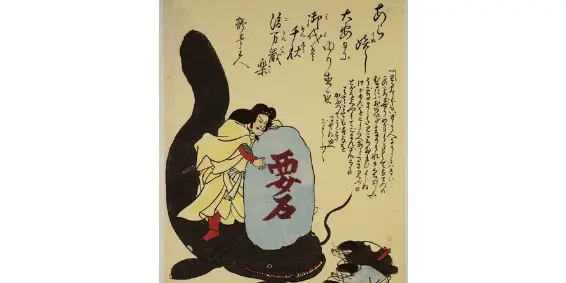
Japanese believe that hitting namazu on the head with a gourd will prevent this disaster. In fact, many people put up a picture of KO’s namazu in their home after a catastrophic quake in the 1850s.
Other Interesting Facts
- Of all the huge earthquakes (magnitude 6 or higher in the Richter scale) in the world, about 20% takes place in Japan.
- Each earthquake releases a certain amount of energy in the world. Almost 10% of that energy can be traced around Japan each year.
- More than 1,000 shocks that can be felt are produced in the country every day. In some areas, people can feel minor tremors on a daily or weekly basis. The authority recorded an astounding number of 130,000 tremors there in the year 2005.
- Among all megacities in the world, the Tokyo-Yokohama metropolis is under the highest risk of natural disasters, including earthquakes.
- A total of 25 disastrous earthquakes devastated Japan in the last century. It seems that the country is constantly living on the edge of one natural hazard to another.

- While the intensity of earthquakes is measured by the Richter scale in all over the world, Japan uses its own shindo scale. Its maximum intensity is 7, which is measured according to how destructive the quake is. For example, the 1995 Great Hanshin earthquake in Japan scores 7 on the shindo scale but 6.9 on the Richter scale.
- For an earthquake to be regarded as calamitous, it has to destroy at least 100 constructions and be measured 5 on the Japanese scale or 7 on the Richter scale.
The Biggest Earthquakes in Japan
Being one of the most earthquake-prone countries in the world, it’s not surprising that Japan has a tragic past with quakes. Some of the biggest and most destructive quakes in Japan are:
Tohoku earthquake, 2011 (Magnitude 9.0)
This one takes the fourth place in terms of the biggest earthquakes in the world (the 1960’s Chile earthquake with a magnitude of 9.5 takes the top position).
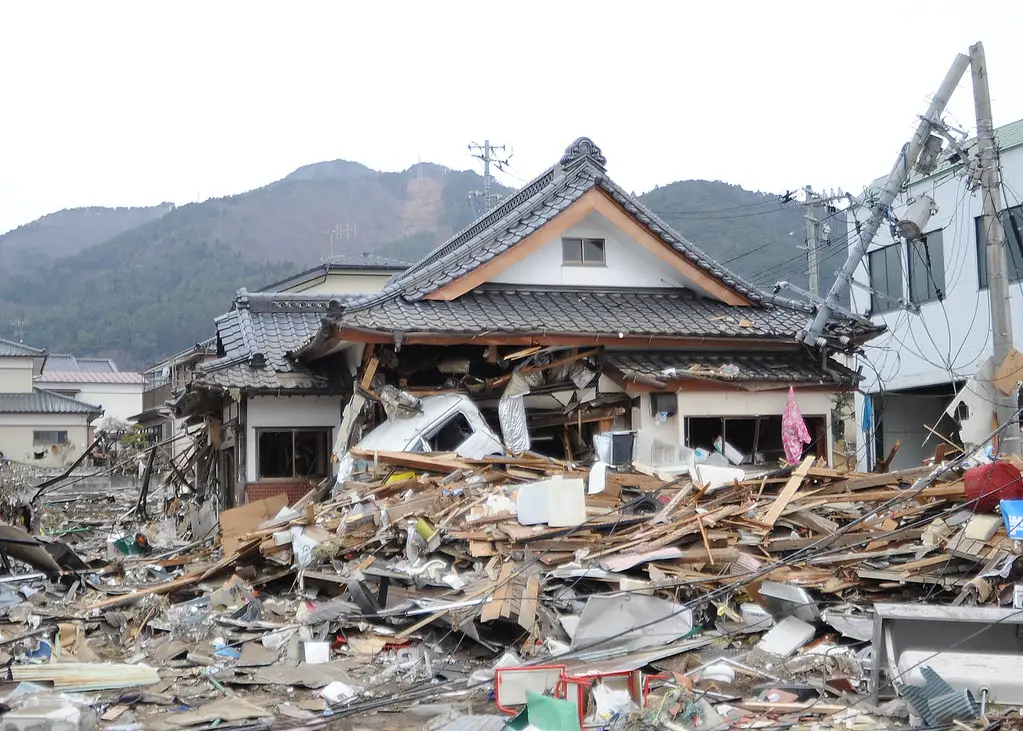
The Tohoku disaster took place near the east coast of Honshu and triggered a catastrophic tsunami. It was so huge that the aftershocks included three tremors bigger than magnitude 7 and over 50 tremors of magnitude 6 or more.
The damage was enormous, and it took the country years to recover.
Hoei earthquake, 1707 (Magnitude 8.6)
The early 1700s were not a good time for the Japanese people. There were several earthquakes of high magnitudes, and the most devastating of them was the Hoei earthquake that violently shook the islands of Shikoku and Honshu.
It killed 5,000 people and was believed to be the catalyst in a Mount Fuji eruption around 2 months later.
Meiji-Sanriku earthquake, 1896 (Magnitude 8.5)
Another devastating earthquake that took the lives of over 27,000 people. It happened too far off-shore to be dangerous but the afterward tsunami turned into something lethal. That earthquake produced 76 aftershocks with magnitude 5 or higher.
Some other quakes with magnitude 8 and higher are 1854’s Ansei-Nankai earthquake (magnitude 8.4), 1933’s Sanriku earthquake (magnitude 8.4), 2006’s Kuril Islands earthquake (magnitude 8.4), and more.
Why Does Japan Experience Frequent Massive Earthquakes?
The answer is its location along the “Pacific Ring of Fire”. We are talking about the most active earthquake belt in the world here.
The “Ring of Fire” is a horseshoe-shaped zone that emerges if you draw an imaginary line around the edge of the Pacific Ocean. This place is the breeding ground of numerous volcanic eruptions and earthquakes.
Japan is located at the junction of four tectonic plates:
- The Pacific Plate
- The Philippine Sea Plate
- The Eurasian Plate
- The North American Plate
The earthquakes occur when these plates mash and collide with each other. It’s like putting extreme pressure on a heavy concrete slab or a large furniture piece that eventually leads to its sudden movement, and this movement is the reason behind those violent tremors.

Tokyo and its surrounding areas are the most vulnerable zone because three of these plates shift in three different directions underneath the city streets. The faster shifting of the Pacific Plate creates approximately four inches of subduction per year beneath the Philippine Plate and North American Plate. This subduction creates vigorous shaking off the east coast of Japan.
Thrust faulting, which causes one tectonic plate diving under another and dragging other plates on the top due to that shifting, is the culprit that triggers a tsunami.
This was the reason behind the tsunami following the Tohoku earthquake that causes the Pacific plate to move under the North American plate.
Types of Earthquakes in Japan
Japan is riddled with mostly two types of earthquakes:
- Ocean trench quakes
- Inland quakes
Ocean trenches are the formations that form mountains from the seafloor but they are also responsible for earthquakes and volcanoes. These trenches are deep depressions in the ocean and cause natural disasters by moving under land plates.
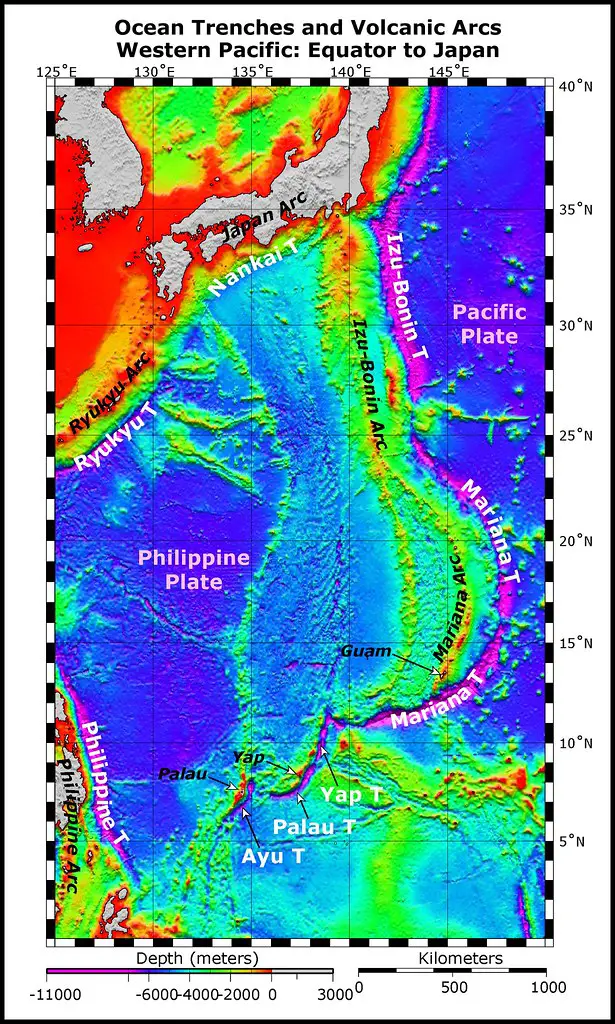
On the other hand, inland earthquakes happen in lands and take place along the fault lines between land plates.
Many quakes in Japan have their epicenters far deep into the ocean floor. Others take place deep inside the earth’s surface.
How Does Japan Deal with Earthquakes?
Because the country has to deal with so many earthquakes each year and tsunamis sometimes, it’s one of the best-prepared nations for these natural disasters. It’s their innovative and quick actions that keep the fatality rate so small compared to the number of calamities.
Education on Disaster Prevention
Every school in the country holds emergency earthquake drills at least once a month. Children get lessons from a young age what to do when an earthquake hits and how to stay safe.
Local fire departments also arrange for earthquake simulation field trips for school children.
An Up-to-date Seismometer Network
In 2007, Japan installed an earthquake warning system spanning a network of over 1,000 seismometers. Whenever the system detects an imminent quake, it sends alerts through TVs, radio stations, and phones. It can also send safety and evacuation instructions through these mediums.
Building Earthquake-Resistant Constructions
After the disastrous Kobe earthquake in 1995, the government took certain measures to make transport infrastructures and residential and commercial buildings resistant to violent tremors.
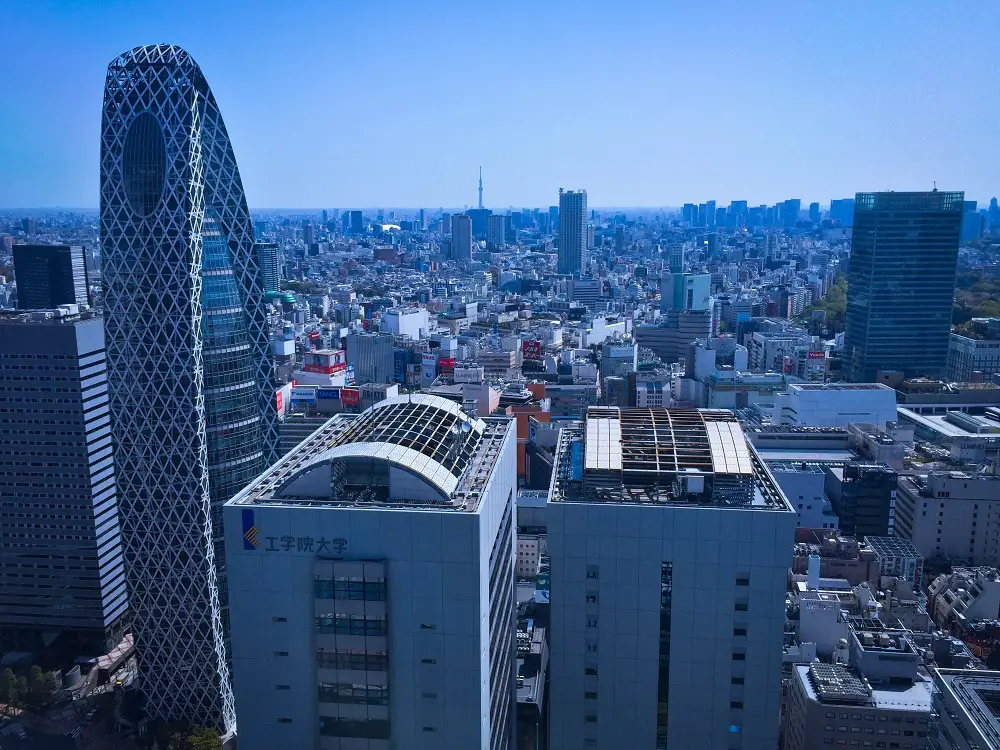
All kinds of buildings in Japan are made with a deep foundation and materials that absorb seismic shocks. Many buildings are made of Teflon and other materials that can slightly move with the quake without getting collapsed.
Currently, around 90% of the buildings in Tokyo can resist the violent shocks of quakes.
Water Discharge Tunnel in Tokyo
Located on the city outskirt underneath the ground, this tunnel works as a reservoir of the water from natural disasters. It then redistributes that vast amount of water into the Edo River. This tunnel makes sure that there won’t be any flooding in Tokyo, even after a massive tsunami or cyclone.
Connecting Bullet Trains to the Earthquake System
Japan has an impressive network of shinkansen (bullet trains), which is a significant part of the country’s public transportation. These trains have connections with the Seismometer Network that can stop the trains on the eve of a major quake.
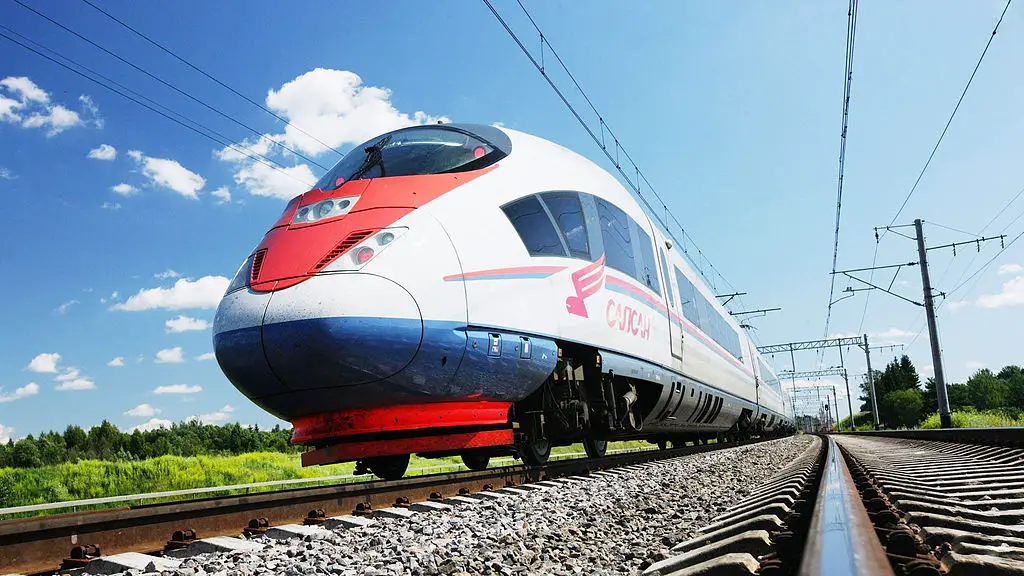
That earthquake system has stopped 27 moving bullet trains just before the major shock in the 2011 earthquake, successfully preventing any injury or death of the passengers.
Survival Kits
All offices and most households in Japan have earthquake emergency kits for those who get trapped inside after a disaster. These kits have first aid items, day rations, water, insulation sheets, basic medicines, survival tools, and more. These survival kits are available in lifestyle stores or drugstores across the country.




